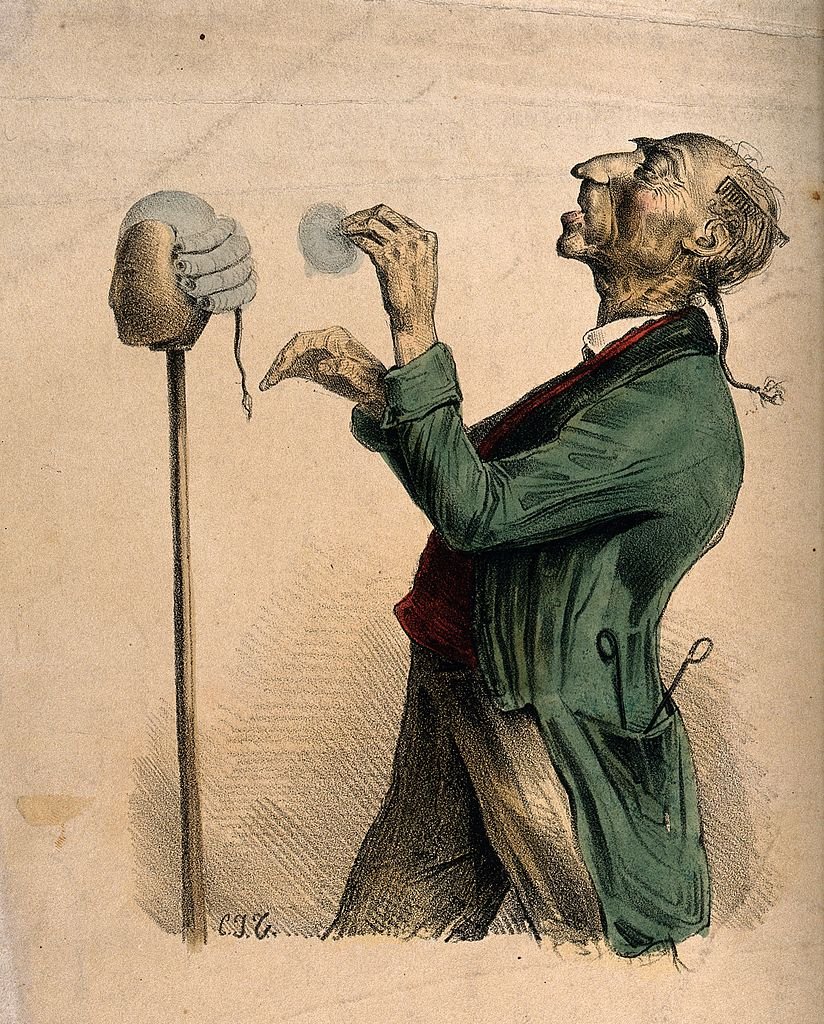29 April 2022
To pull the wool over someone’s eyes is to deceive or hoodwink them. The phrase is an Americanism dating to at least the early nineteenth century, and the metaphor underlying it would seem to be that of pulling someone’s wig down over their eyes in order to obscure their vision. The wig in question would have been a powdered wig; such wigs were going out of fashion when the phrase first appears in print.
The phrase is recorded in the Vermont Gazette of 11 November 1828:
MARK THIS.—Why did the Hall, Forbes, and Bates caucus of Vermont select republican men for the Electoral Ticket? was it not expressly intended as a political stratagem to divide Republicans, and “pull the wool over their eyes”? And has it not succeeded to a charm? the candidates are not at liberty to vote with the Republican majority of the Union, if they would?
Another early use can be found in the Pittsfield Sun of Massachusetts on 5 November 1835:
Now, the sole drift of all this in Massachusetts, fellow-citizens, is, and has long been, not to affect the election of President, but to give the aristocrats of Massachusetts a chance to pull the wool over your eyes, to gull you, to pick your pockets, to pay you in kicks instead of coppers, to enslave you by the indirect plunder of unequal laws, to rob you of the profits and comforts of life, and to fatten quietly out of the state crib.
Powdered wigs had already started to go out of fashion by the time the phrase was recorded. In 1795 the British parliament imposed a tax on wig powder, which engendered a shift in fashion. And in Revolutionary France, wigs were seen as a symbol of the old aristocracy. They hung on for a while longer in North America, but even there by the time the phrase was set down in writing the fashion trend was pretty much over.
Sources:
“The Laborer.” Pittsfield Sun (Massachusetts), 5 November 1835, 1. Readex: America’s Historical Newspapers.
“Mark This.” Vermont Gazette (Bennington), 11 November 1828, 3. Readex: America’s Historical Newspapers.
Oxford English Dictionary, second edition, 1989, s.v. wool, n.
Image credit: Charles Joseph Traviès de Villers, nineteenth century. Wellcome Collection. Licensed under a Creative Commons Attribution 4.0 International license.

